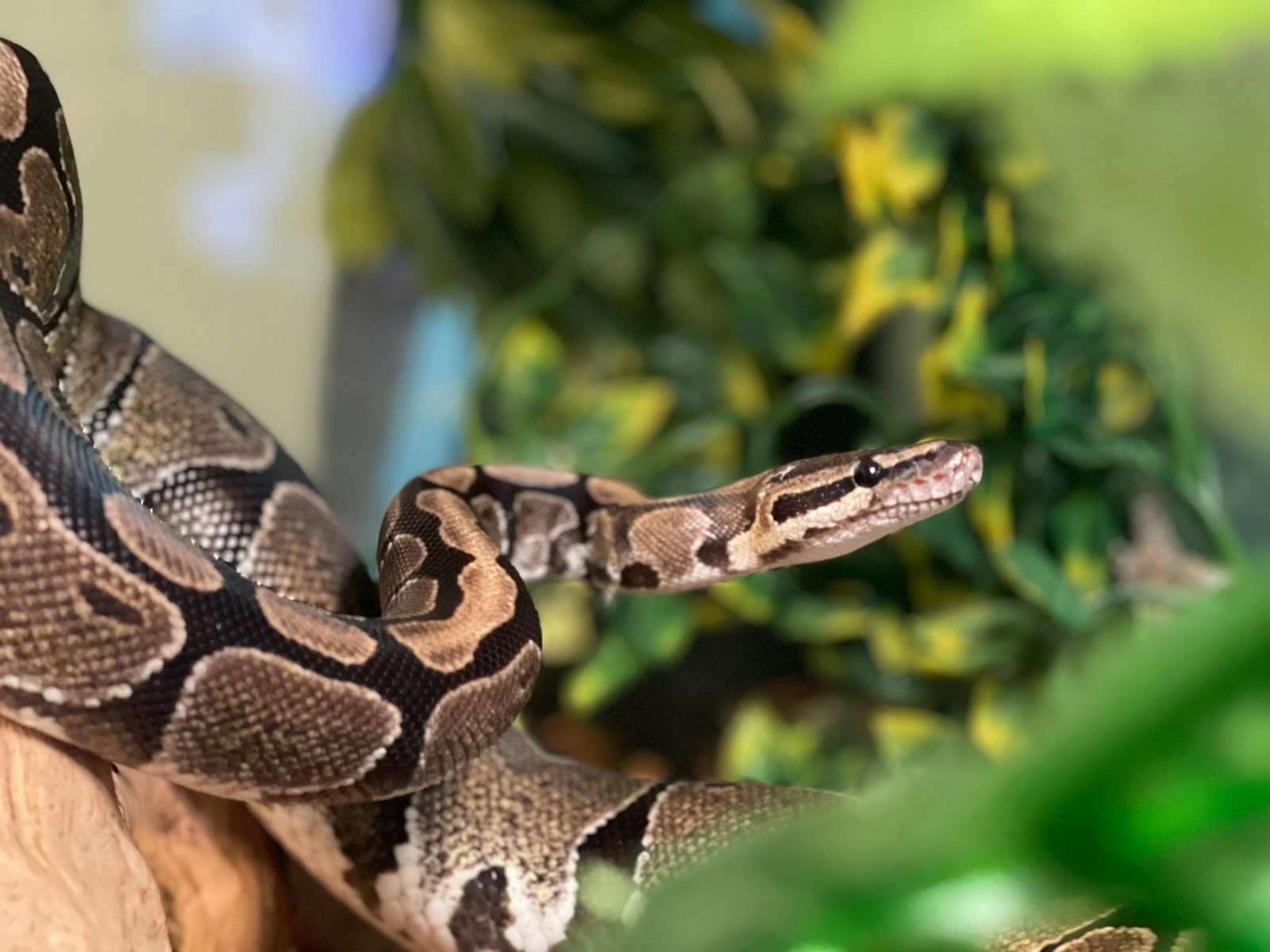The fascinating world of snake behavior reveals intricate adaptations that have evolved over millions of years. Among these behaviors, the tendency of many snake species to curl into tight, compact shapes stands out as both visually distinctive and functionally significant. This coiling behavior isn’t merely a random posture but represents sophisticated evolutionary strategies that enhance survival in various environments. From defensive positioning to temperature regulation, the ways snakes curl their bodies tell a complex story about their biology, psychology, and environmental adaptations. Let’s explore the numerous reasons why these remarkable reptiles adopt these compact formations and what these behaviors reveal about their place in diverse ecosystems worldwide.
Protective Posturing: Defense Against Predators
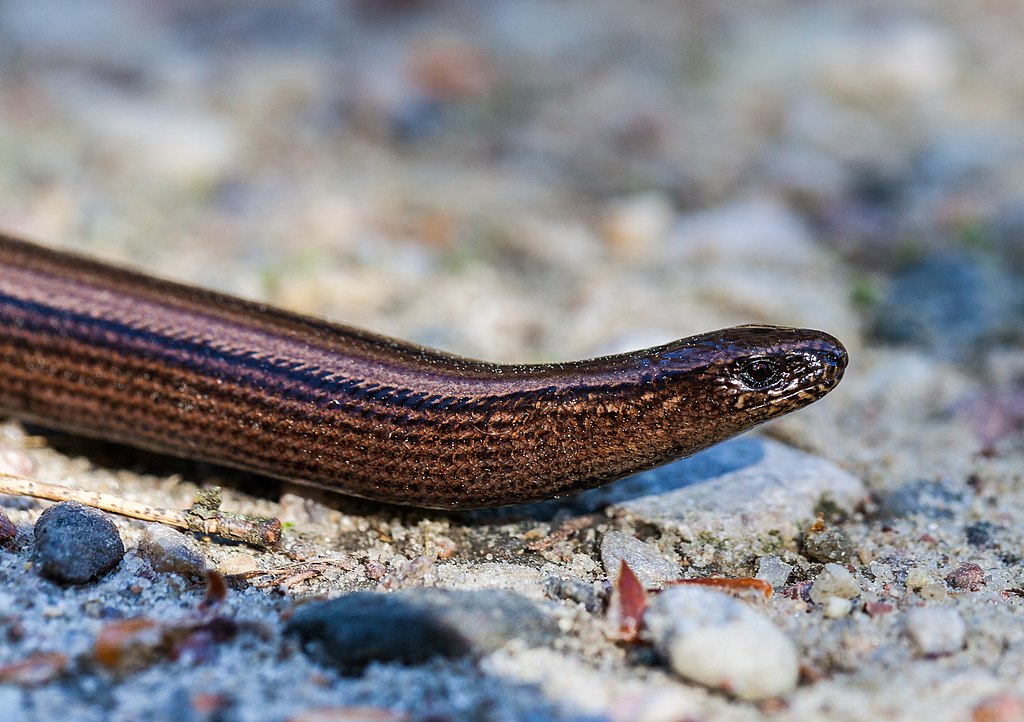
When threatened, many snake species instinctively coil into tight balls or compact shapes as a primary defensive mechanism. This posture significantly reduces the snake’s exposed surface area, protecting vulnerable body parts like the head and vital organs from potential attacks. Species like ball pythons are particularly renowned for this behavior, often tucking their heads securely in the center of their coiled bodies when feeling threatened. The tight curl creates a more challenging target for predators to grip or injure, essentially transforming the snake into a compact, armored formation. This defensive posturing represents one of the most immediate and common reasons snakes adopt these characteristic tight curls in the wild.
Thermoregulation: Managing Body Temperature
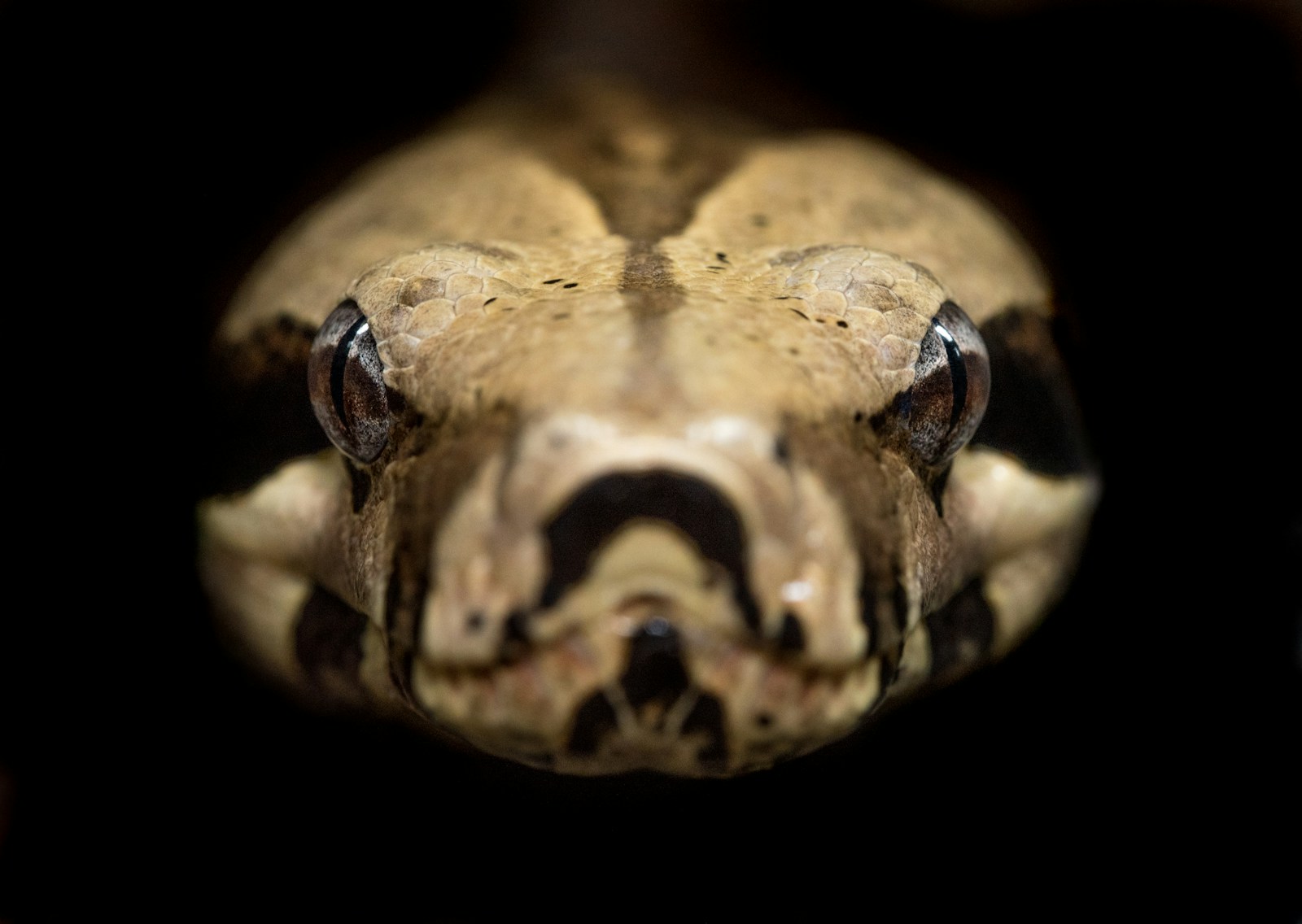
Snakes, being ectothermic or “cold-blooded,” rely on environmental heat sources to regulate their body temperature, making coiling behavior crucial for thermal management. By curling tightly, snakes can significantly reduce heat loss by minimizing the surface area exposed to cooler air, effectively creating a self-insulating system. During colder periods, many species will coil more tightly than usual, sometimes stacking these coils to further conserve body heat. Conversely, in excessively hot conditions, some snakes may loosen their coils or adjust their position to increase heat dissipation when necessary. This thermoregulatory coiling is especially noticeable in species inhabiting regions with significant temperature fluctuations, where such behavior becomes essential for maintaining optimal physiological functioning.
Energy Conservation: Metabolic Efficiency
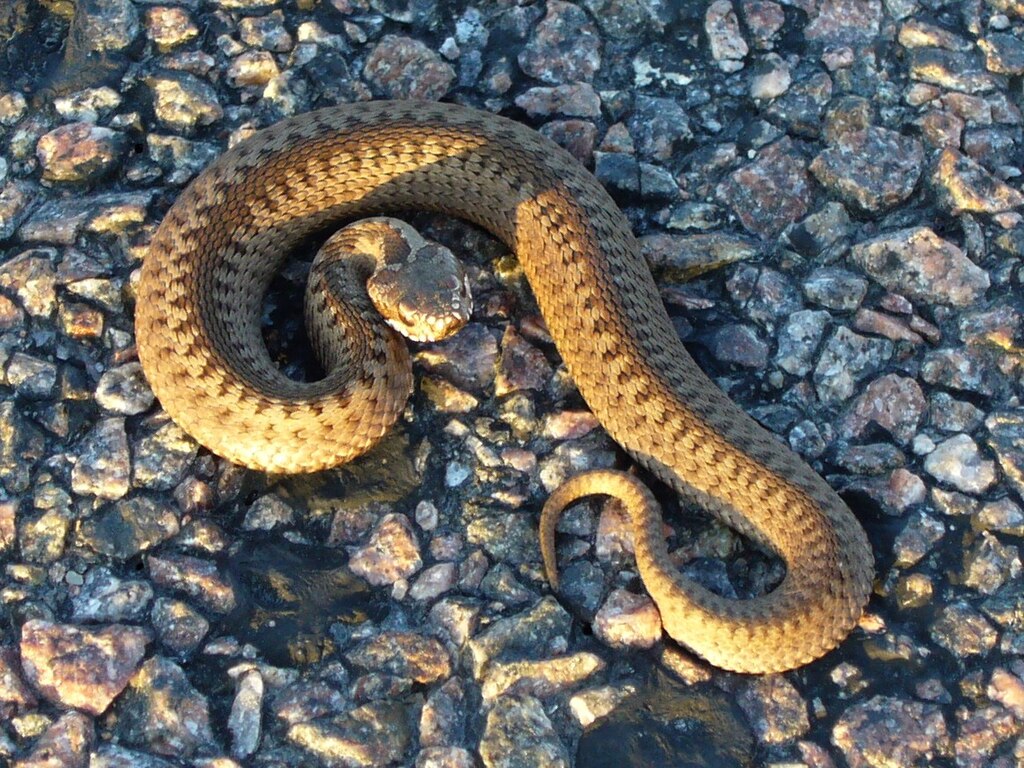
Tight coiling serves as an effective energy conservation strategy for snakes during periods of inactivity or between meals. When coiled, snakes expend less energy maintaining their position compared to when stretched out, as fewer muscles need to remain actively engaged. This energy-saving posture becomes particularly important for species that feed infrequently, sometimes going weeks or months between meals. During these fasting periods, every calorie conserved through efficient posturing contributes to survival. The metabolic slowdown associated with tight coiling can be particularly pronounced during brumation (the reptilian equivalent of hibernation) when some snake species may remain in compact, coiled positions for extended periods while their bodies operate on minimal energy requirements.
Security Seeking: Psychological Comfort
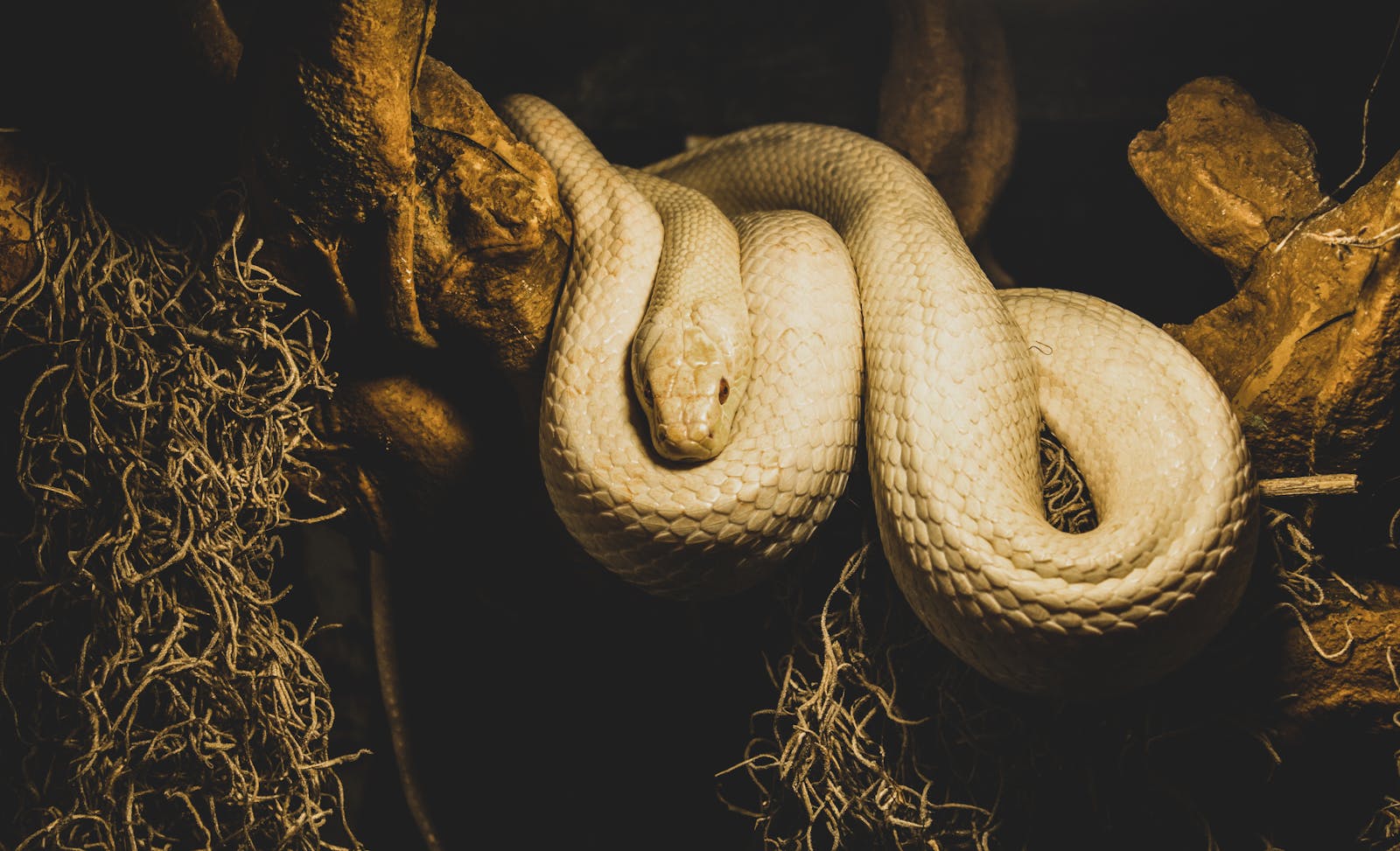
Beyond physical benefits, coiling behavior in snakes often has a psychological component related to security and stress reduction. Many captive snakes demonstrate increased coiling behavior when placed in unfamiliar environments or during periods of stress, suggesting this posture provides a sense of security. This security-seeking behavior is especially evident in species naturally adapted to confined spaces like rock crevices or burrows, for whom tight spaces represent safety. Snake owners and handlers often observe their pets seeking out small containers or corners where they can curl up tightly, even when ample space is available. This preference for confined coiling spaces appears to be an innate behavior that persists even in captive-bred snakes that have never experienced predatory threats in the wild.
Ambush Positioning: Hunting Strategy

For ambush predators like vipers and pythons, tightly coiled positions represent optimal striking postures that maximize hunting success. The coiled formation acts like a compressed spring, allowing these predators to strike with remarkable speed and precision when prey comes within range. From this compact position, certain species can launch forward up to half their body length in a fraction of a second, a feat made possible by the potential energy stored in their coiled muscles. Species like rattlesnakes often maintain this coiled position for hours or even days, patiently waiting for prey to approach within striking distance. The tight coil also helps these hunters maintain a smaller visual profile, reducing the likelihood of being detected by potential prey before they can strike.
Spatial Adaptation: Making the Most of Limited Space

Many snake species naturally inhabit environments where space is limited, such as rock crevices, animal burrows, or dense vegetation, making coiling behavior an essential spatial adaptation. By curling tightly, these reptiles can fit into protective microhabitats that would be inaccessible if they remained stretched out. This ability to compress their long bodies into small spaces opens up numerous shelter opportunities that would otherwise be unavailable, greatly expanding potential habitat range. For species like the kingsnake or milk snake, this spatial flexibility allows them to exploit abandoned rodent burrows for shelter, accessing food sources while simultaneously gaining protection from larger predators. The evolutionary advantage of this spatial adaptation has likely contributed to the success of snakes in colonizing diverse habitats across nearly every continent.
Digestive Benefits: Aiding Food Processing
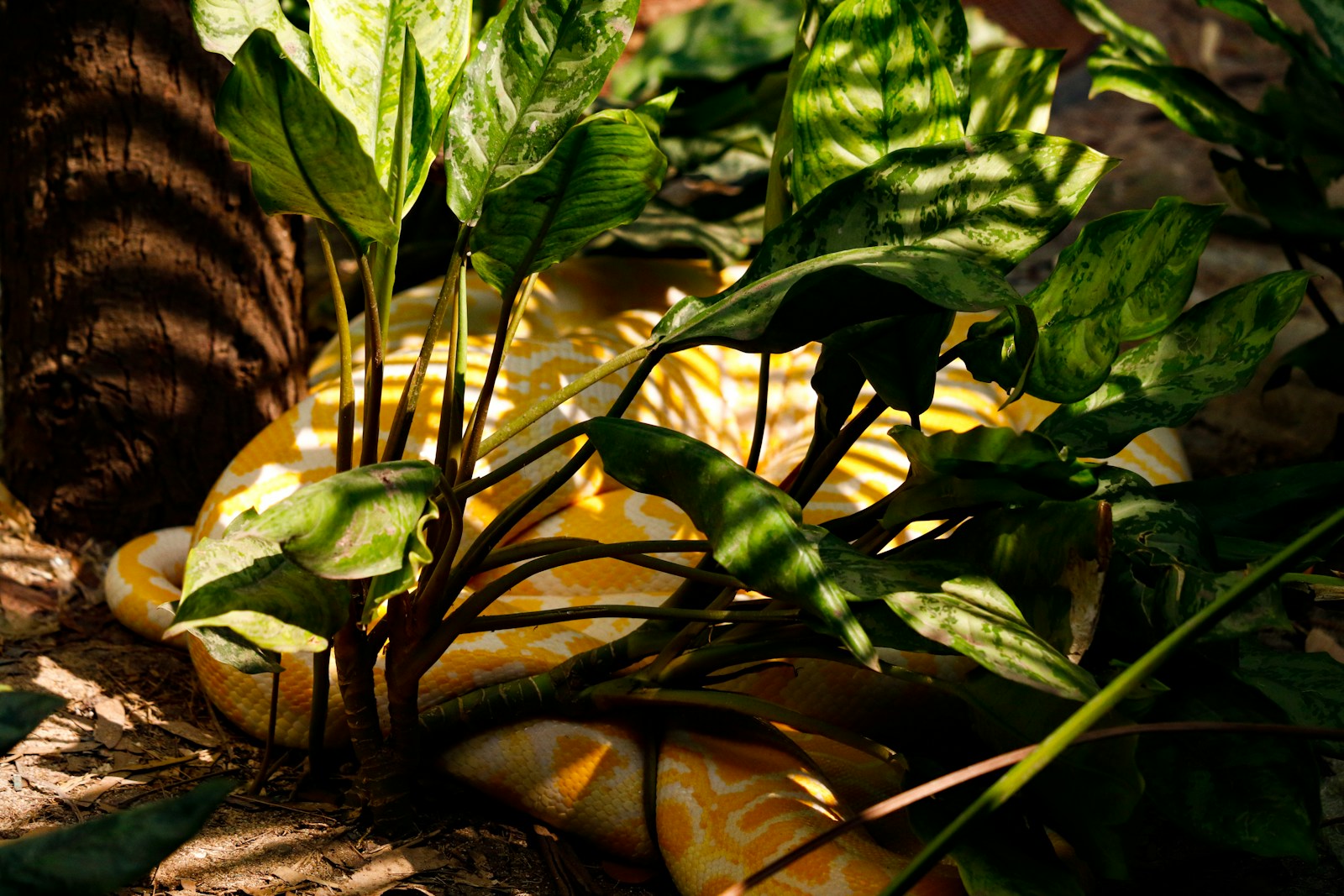
After consuming large meals, many snake species adopt tight coiling positions that appear to facilitate the digestive process. This post-feeding coiling behavior helps maintain optimal body temperature for digestion while potentially assisting in the physical breakdown of prey. The pressure created by overlapping coils may aid in compacting the meal within the snake’s digestive tract, maximizing contact with digestive enzymes. Species that consume particularly large prey relative to their body size, such as pythons and boas, often remain tightly coiled around their meals for several days following ingestion. During this vulnerable digestive period, the protective aspects of coiling become doubly important, as the snake’s mobility is compromised by the large meal, making defensive positioning crucial until digestion is complete.
Reproductive Purposes: Nesting and Brooding
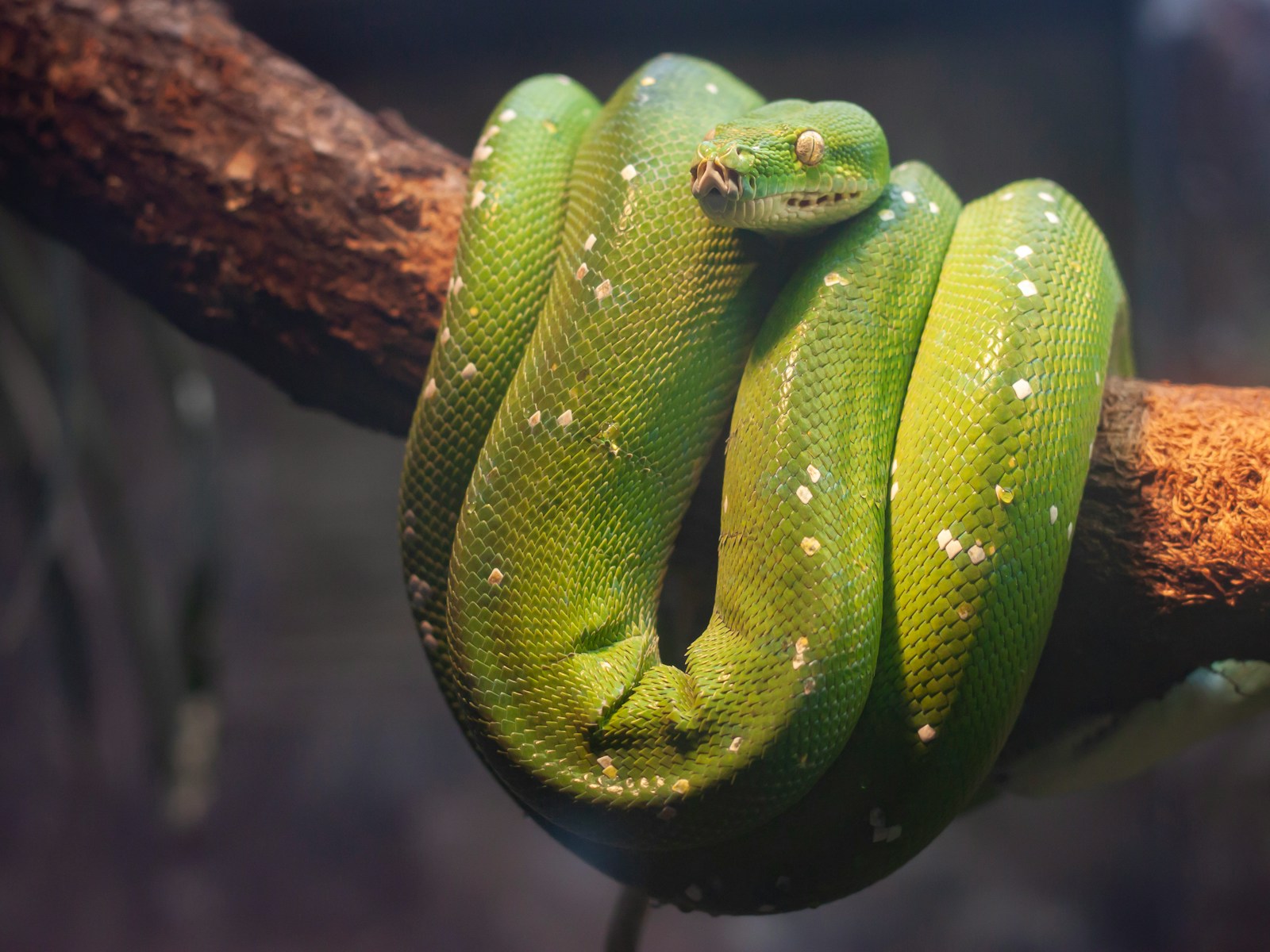
Female snakes of certain species exhibit specialized coiling behaviors during reproduction, particularly when guarding eggs or preparing to give birth. Pythons and some other constrictor species will coil tightly around their egg clutches, both protecting them from predators and helping to regulate their temperature through subtle muscle contractions. This maternal coiling can be remarkably persistent, with some python species maintaining their protective curl around eggs for weeks without leaving to feed. In viviparous (live-bearing) snake species, pregnant females often adopt specific coiling positions that appear to optimize blood flow to developing offspring while protecting their increasingly vulnerable bodies. These reproductive coiling behaviors represent some of the most extended periods snakes will maintain tight curls, demonstrating the importance of this posture in successful reproduction.
Environmental Signals: Responding to Threats
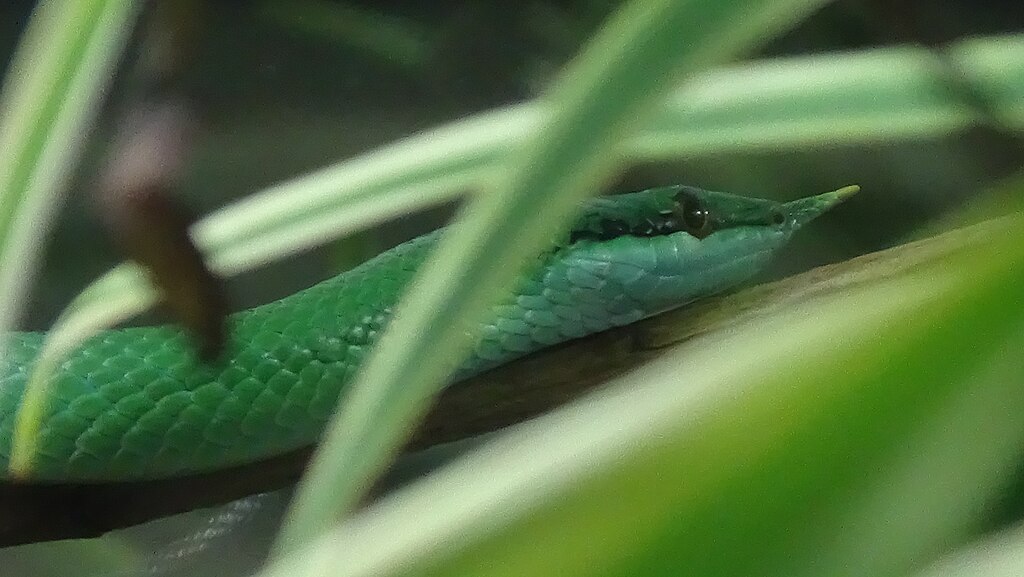
The specific way a snake coils can communicate important information about environmental conditions and potential threats in its vicinity. Many species adopt distinctly different coiling patterns when sensing danger versus when simply resting, with defensive coils typically being tighter and more structured. Rattlesnakes provide a clear example of this signaling, often combining their characteristic tight coil with a raised head and vibrating tail when threatened. These environmental response coils serve as important warning signals to potential predators, communicating the snake’s readiness to defend itself if approached further. For snake species that live in groups or aggregations, such as garter snakes in hibernacula, the defensive coiling of one individual can trigger similar responses in nearby snakes, creating a collective response to potential threats.
Species-Specific Variations: Evolutionary Adaptations
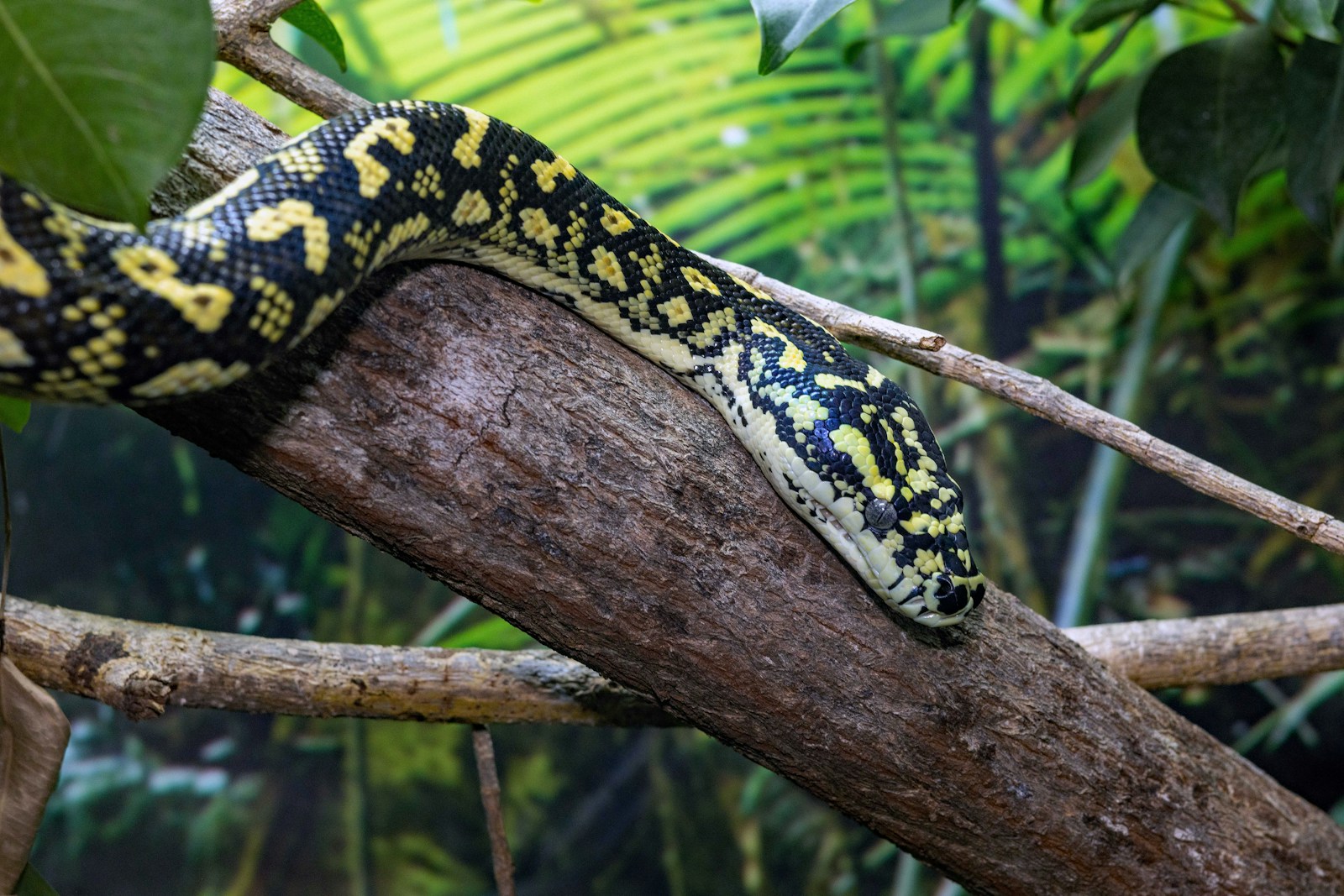
Different snake species have evolved distinctive coiling patterns that reflect their specific ecological niches and evolutionary histories. Arboreal (tree-dwelling) species like green tree pythons and emerald tree boas have independently evolved nearly identical coiling behaviors where they drape their bodies over branches in saddle-like loops with their heads positioned in the center, ready to strike. In contrast, heavy-bodied terrestrial species like puff adders tend to adopt flatter, more compressed coils that help them blend into the substrate. Aquatic species show yet another variation, with distinctive loosely-coiled resting positions that allow for rapid swimming movements when necessary. These species-specific variations in coiling behavior highlight how this fundamental snake behavior has been refined through natural selection to address the particular challenges faced by each evolutionary lineage.
Stress Response: Coping Mechanism

Increased or abnormal coiling behavior often serves as a visible indicator of stress in snakes, functioning as an important coping mechanism during anxious states. Captive snakes frequently display tighter, more persistent coiling when experiencing environmental stressors such as inappropriate temperatures, excessive handling, or inadequate hiding spots. This stress-induced coiling appears to serve both protective and self-soothing functions, similar to how mammals might curl up when anxious. Veterinarians and experienced snake keepers often use changes in a snake’s typical coiling behavior as an early warning sign of potential health issues or environmental problems. Understanding these subtle behavioral indicators can be crucial for proper snake husbandry, as persistent stress-related coiling may lead to reduced feeding, compromised immune function, and other health complications if the underlying stressors aren’t addressed.
Resting Posture: Natural Sleep Position
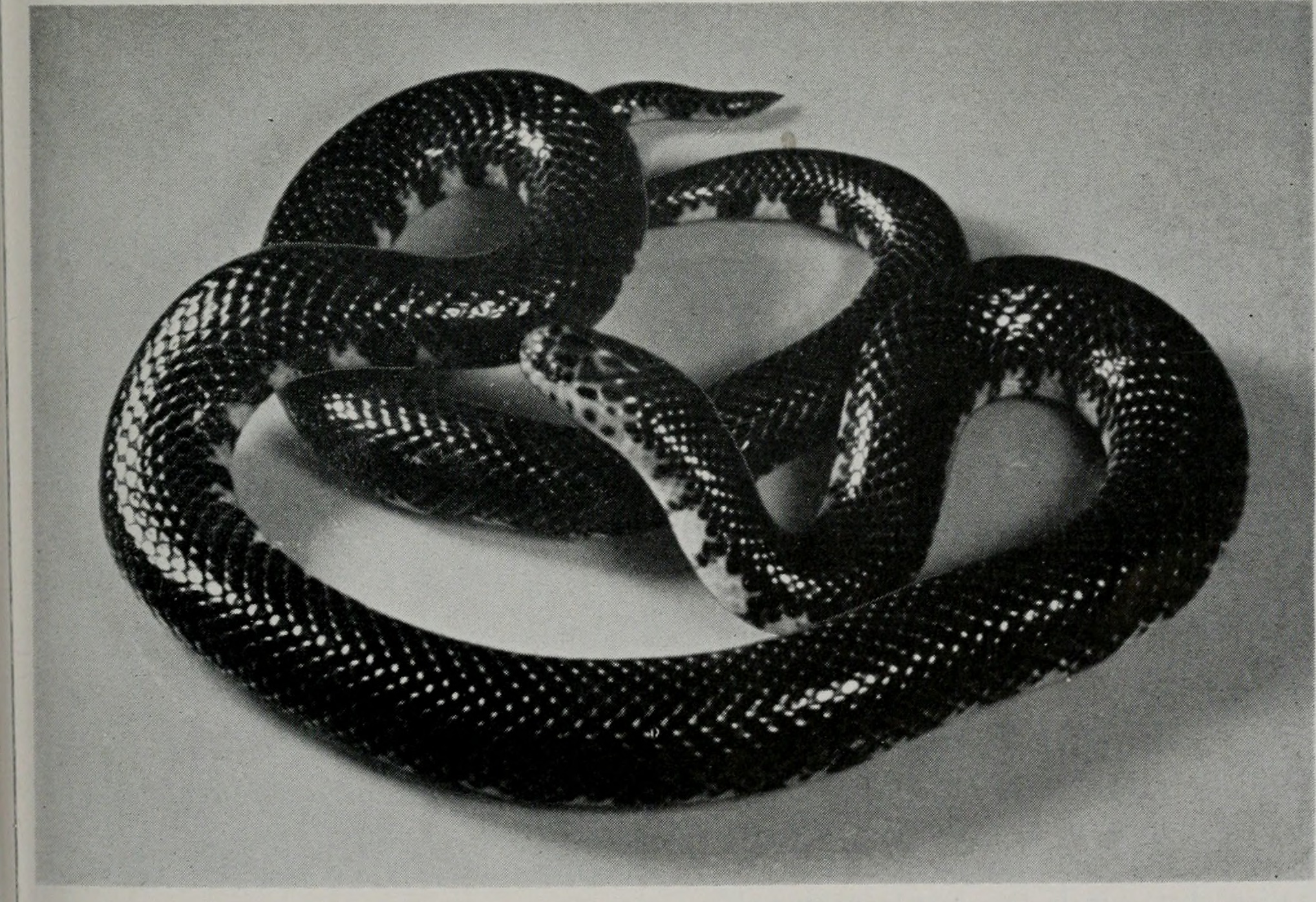
For many snake species, coiling represents the default resting or sleeping position, with distinctive coiling patterns emerging during periods of inactivity. This natural resting posture likely evolved because it simultaneously addresses multiple needs: security, thermal efficiency, and muscle relaxation. During deeper rest periods, many snakes adopt looser coils than when alert, though they rarely stretch out completely unless basking in direct sunlight. Interestingly, even blind snake species that spend most of their lives underground in tunnels adopt characteristic coiled positions when resting, suggesting this behavior has deep evolutionary roots predating many other specialized adaptations. The preference for coiled sleeping positions is so ingrained that snakes denied appropriate spaces for coiling in captivity often show signs of chronic stress, highlighting how fundamental this seemingly simple posture is to their overall well-being.
Conclusion: A Fundamental Adaptive Behavior
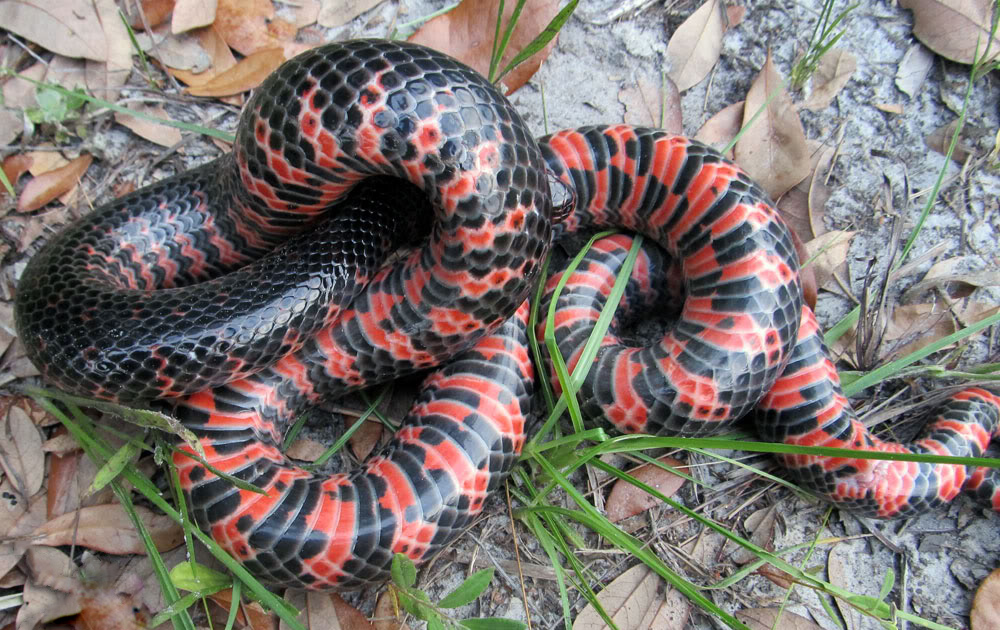
The tendency of snakes to curl into tight, protective formations represents far more than a simple resting position – it’s a sophisticated, multi-functional behavior that addresses numerous survival challenges. From thermal regulation and energy conservation to predator avoidance and stress management, these coiling behaviors reflect millions of years of evolutionary refinement. Understanding the various reasons behind this characteristic behavior provides valuable insights not only into snake biology but also into the complex ways animals adapt to environmental challenges. For snake owners, recognizing the importance of allowing and accommodating natural coiling behavior is essential for proper husbandry and animal welfare. As with many aspects of animal behavior, what might initially appear simple actually represents an elegant solution to multiple biological problems, demonstrating nature’s efficiency in developing adaptations that serve multiple purposes simultaneously.

